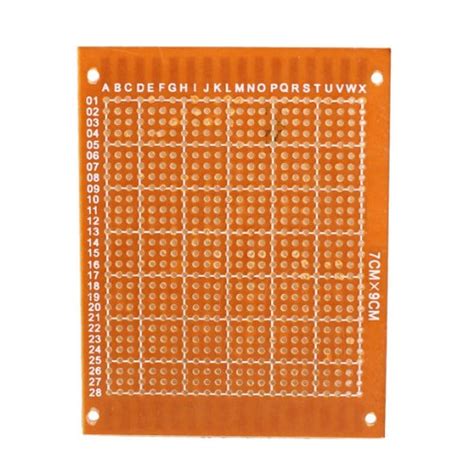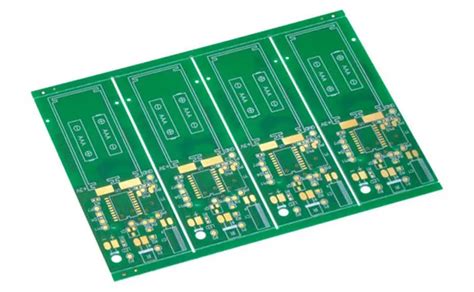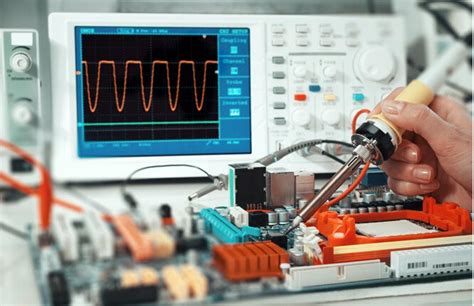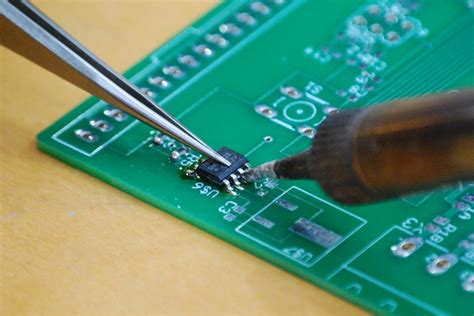Physical recycling and comprehensive utilization technology of waste PCB
Circuit board design steps
Generally speaking, the most basic process of designing a circuit board can be divided into three steps.
(1)Design of circuit schematic: The design of circuit schematic mainly uses the schematic design system (Advanced Schematic) of PROTEL099 to draw a circuit schematic. In this process, we should make full use of the various schematic drawing tools and editing functions provided by PROTEL99 to achieve our goal, that is, to obtain a correct and beautiful circuit schematic.
(2) Generate network table: The network table is a bridge between circuit schematic design (SCH) and printed circuit board design (PCB). It is the automatic soul of the circuit board. The network table can be obtained from the circuit schematic or extracted from the printed circuit board.
(3). Design of printed circuit board: The design of printed circuit board is mainly for another important part of PROTEL99, PCB. In this process, we use the powerful functions provided by PROTEL99 to realize the layout design of the circuit board and complete difficult tasks.

2.Draw a simple circuit diagram
2.1 Schematic design process The design of the schematic diagram can be completed according to the following process.
(1) Design drawing size
After Protel 99/Schematic, you must first conceive the parts drawing and design the drawing size. The drawing size is determined by the scale and complexity of the circuit diagram. Setting the appropriate drawing size is the first step in designing a good schematic diagram.
(2) Set up the Protel 99/Schematic design environment
Set up the Protel 99/Schematic design environment, including setting the grid size and type, cursor type, etc. Most parameters can also use the system default values.
(3) Rotate parts
According to the needs of the circuit diagram, the user takes the parts from the parts library and places them on the drawing, and defines and sets the serial number and part package of the placed parts.
(4) Schematic wiring
Use the various tools provided by Protel 99/Schematic to connect the components on the drawing with wires and symbols with electrical meaning to form a complete schematic diagram.
(5) Adjust the circuit.
Further adjust and modify the preliminarily drawn circuit diagram to make the schematic diagram more beautiful.
(6) Report output.
Generate various reports through various report tools provided by Protel 99/Schematic. The most important report is the network table, which is used to prepare for the subsequent circuit board design.
(7) File saving and printing output.
The last step is file saving and printing output.
The design principles of the microcontroller control board should be followed as follows:
(1) In terms of component layout, related components should be placed as close as possible.
For example, the clock generator, crystal oscillator, and CPU clock input are prone to noise. They should be placed closer. For those devices that are prone to noise, small current circuits, large current circuit switching circuits, etc., they should be kept as far away from the logic control circuit and storage circuit (ROM, RAM) of the microcontroller as possible. If possible, these circuits can be made into circuit boards separately, which is conducive to anti-interference and improves the reliability of circuit operation.
(2) Try to install decoupling capacitors next to key components such as ROM, RAM and other chips.
In fact, printed circuit board traces, pin connections and wiring may contain large inductance effects. Large inductance may cause severe switching noise spikes on the Vcc trace. The only way to prevent switching noise spikes on the Vcc trace is to place a 0.1uF electronic decoupling capacitor between VCC and the power ground. If surface mount components are used on the circuit board, you can use chip capacitors directly close to the components and fix them on the Vcc pin. It is best to use ceramic capacitors because this type of capacitor has low electrostatic loss (ESL) and high-frequency impedance. In addition, this type of capacitor has good dielectric stability over temperature and time. Try not to use tantalum capacitors because their impedance is higher at high frequencies. When placing decoupling capacitors, you need to pay attention to the following points:
Connect an electrolytic capacitor of about 100uF across the power input end of the printed circuit board. If the volume allows, a larger capacitance is better.
In principle, a 0.01uF ceramic capacitor should be placed next to each integrated circuit chip. If the gap in the circuit board is too small to accommodate it, a 1-10uF tantalum capacitor can be placed for every 10 chips.
For components with weak anti-interference ability, large current changes when turned off, and storage components such as RAM and ROM, a decoupling capacitor should be connected between the power line (Vcc) and the ground line.
The lead of the capacitor should not be too long, especially the high-frequency bypass capacitor cannot have a lead.
(3) In the single-chip control system, there are many types of ground wires, including system ground, shielding ground, logic ground, analog ground, etc.
Whether the ground wire is laid out reasonably will determine the anti-interference ability of the circuit board. When designing the ground wire and grounding point, the following issues should be considered:
The logic ground and analog ground should be wired separately and cannot be used together. Their respective ground wires should be connected to the corresponding power ground wire. When designing, the analog ground wire should be as thick as possible, and the grounding area of the lead-out end should be as large as possible. Generally speaking, for analog input and output signals, it is best to isolate them from the microcontroller circuit through an optocoupler.
When designing a printed circuit board for a logic circuit, its ground wire should form a closed loop to improve the circuit’s anti-interference ability.
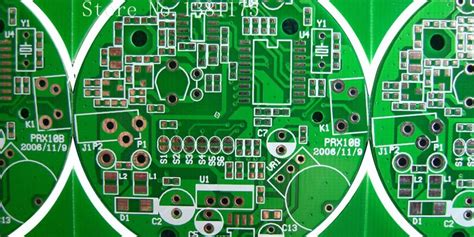
The ground wire should be as thick as possible.
If the ground wire is very thin, the ground wire resistance will be large, causing the ground potential to change with the current, resulting in unstable signal level and reduced circuit anti-interference ability. If the wiring space allows, the width of the main ground wire should be at least 2 to 3 mm, and the ground wire on the component pin should be around 1.5 mm.
Pay attention to the selection of grounding points.
When the signal frequency on the circuit board is lower than 1MHz, the electromagnetic induction effect between the wiring and the component is small, and the loop current formed by the grounding circuit has a greater impact on interference, so one-point grounding should be used to prevent it from forming a loop. When the signal frequency on the circuit board is higher than 10MHz, due to the obvious inductance effect of the wiring, the ground wire impedance becomes very large, and the loop current formed by the grounding circuit is no longer the main problem. Therefore, multi-point grounding should be used to minimize the ground wire impedance.
In addition to making the wiring width as thick as possible according to the current size, the layout of the power line should also make the wiring direction of the power line and the ground line consistent with the wiring direction of the data line. At the end of the wiring work, the ground line is used to cover the bottom layer of the circuit board where there is no wiring. These methods are helpful to enhance the anti-interference ability of the circuit.
The width of the data line should be as wide as possible to reduce the impedance.
The width of the data line should be at least not less than 0.3mm (12mil), and it is more ideal if 0.46~0.5mm (18mil~20mil) is used.
Since a via on the circuit board will bring about a capacitance effect of about 10pF, this will introduce too much interference for high-frequency circuits, so the number of vias should be reduced as much as possible during wiring. In addition, too many vias will also reduce the mechanical strength of the circuit board.

